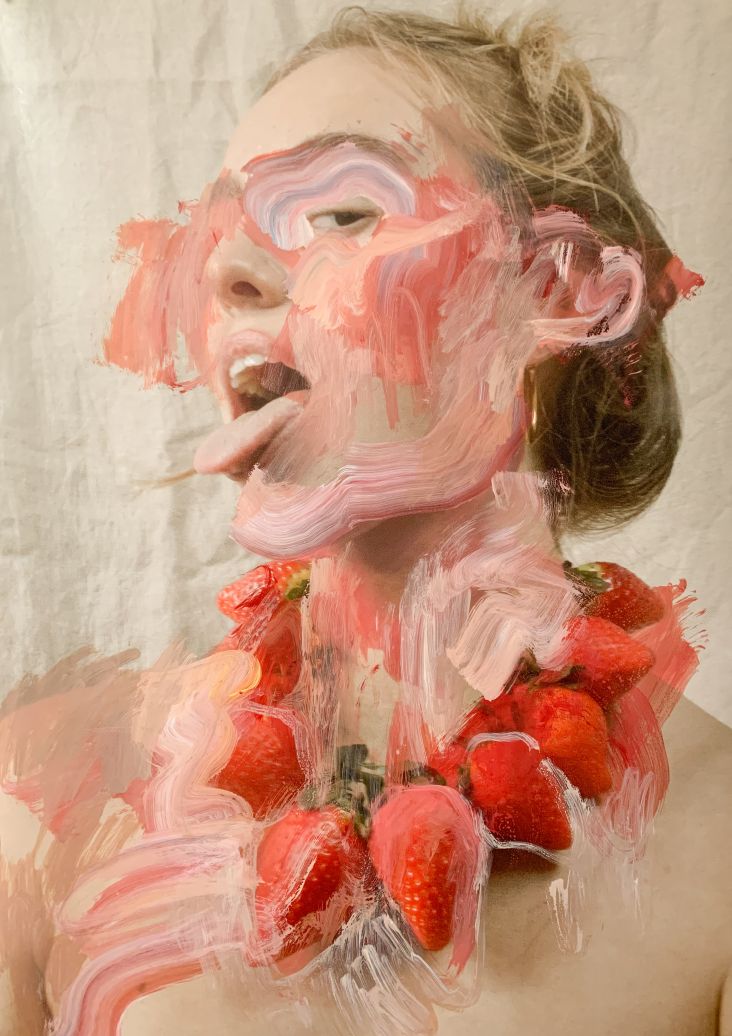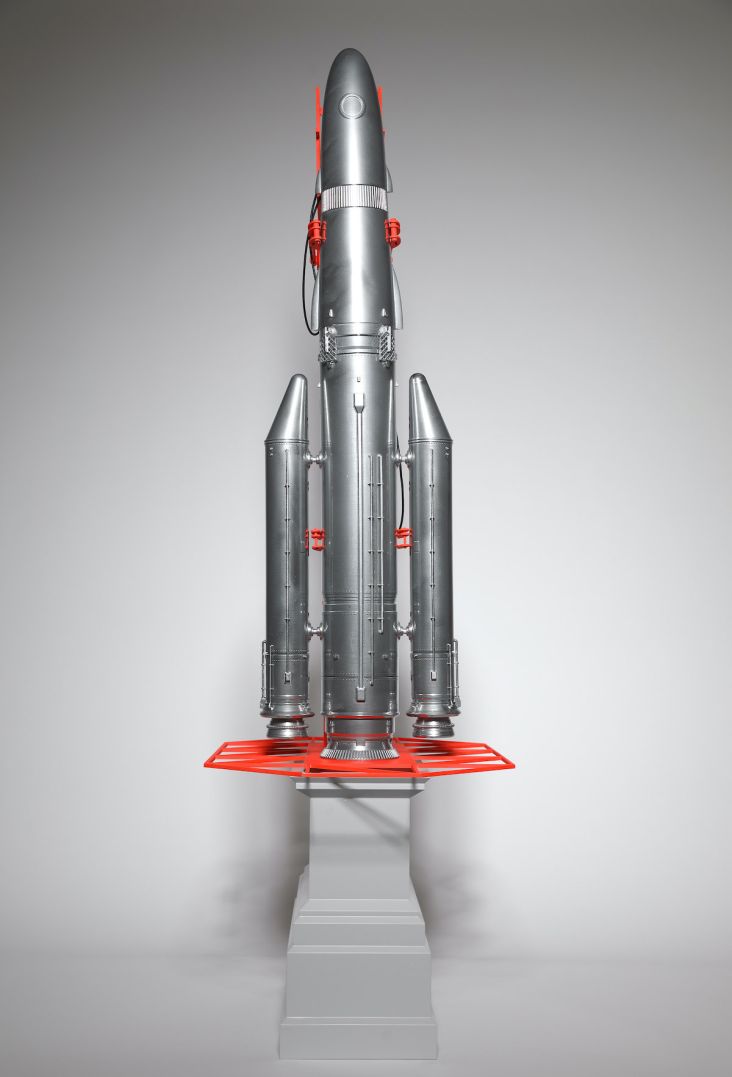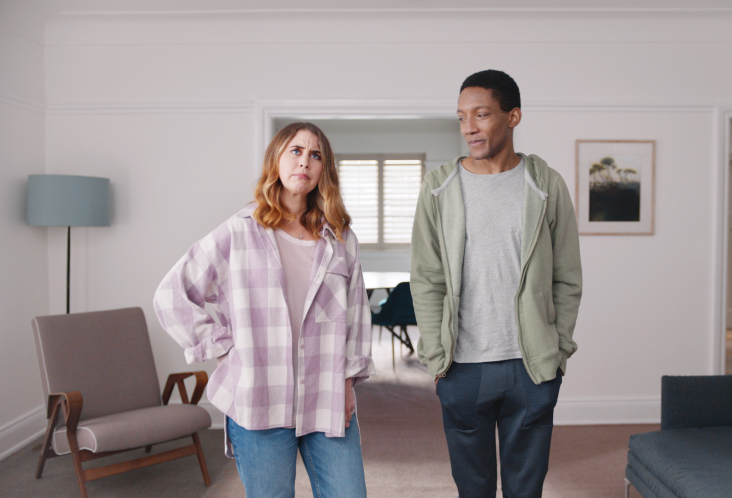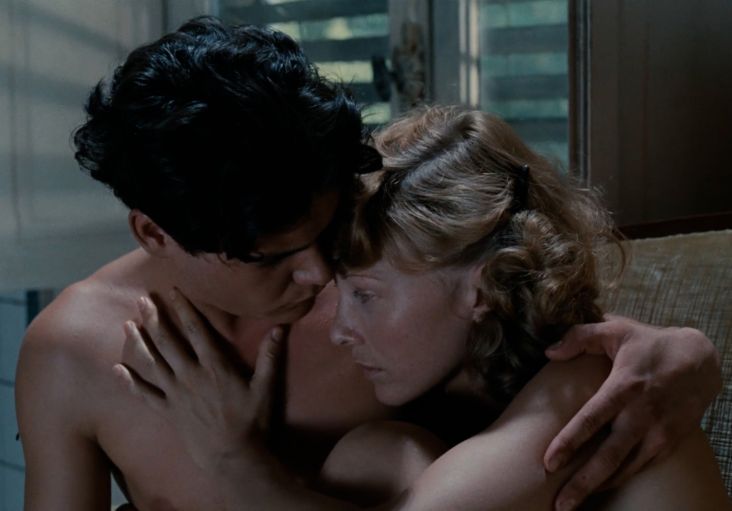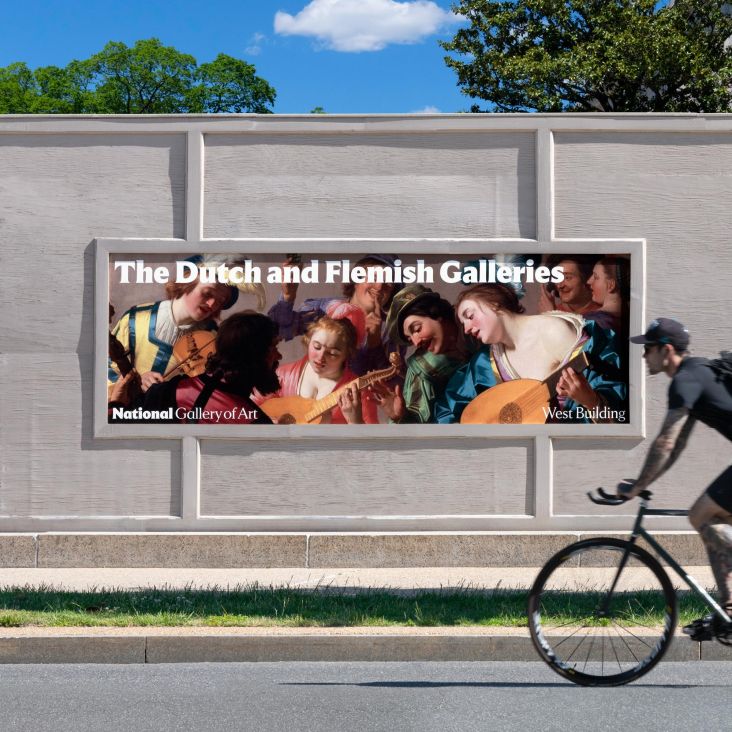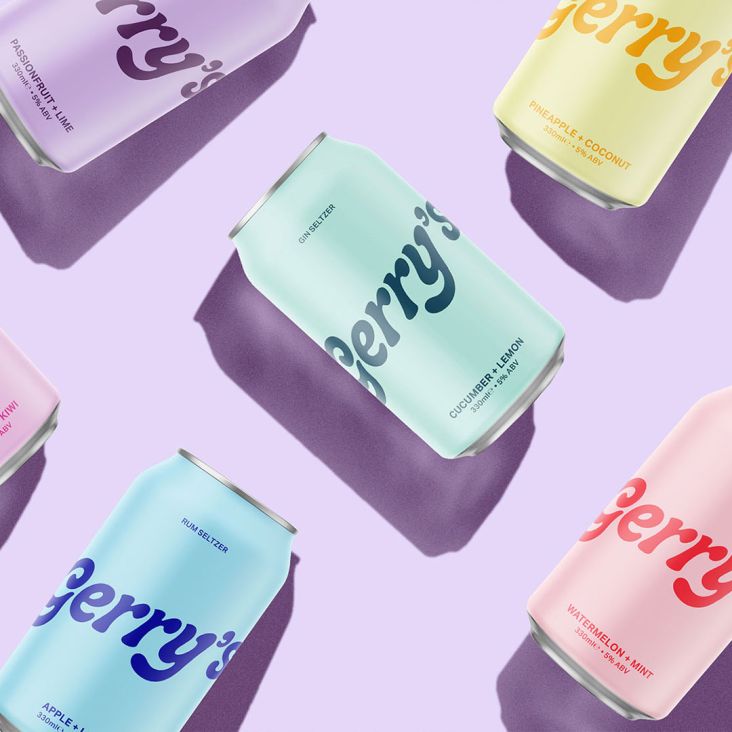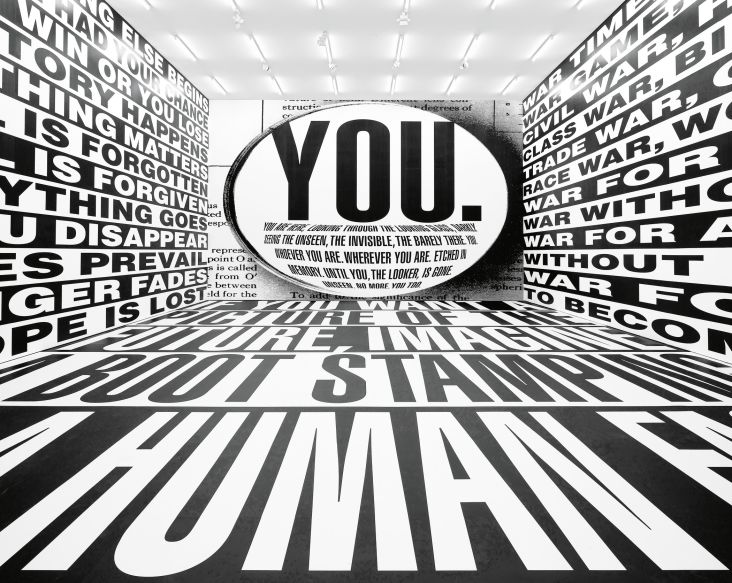Defining and defying design convention: Eric Hu on uncertainty, subtlety and the issue of 'design heroes'
Defining, defying and uniquely dancing aloft design convention – as well as looking cool as hell whilst doing it – designer Eric Hu has made a name for himself through his extraordinary creative studio, spanning arts and technology, expertly lending his hand to graphic disciplines and subverting expectations along the way.
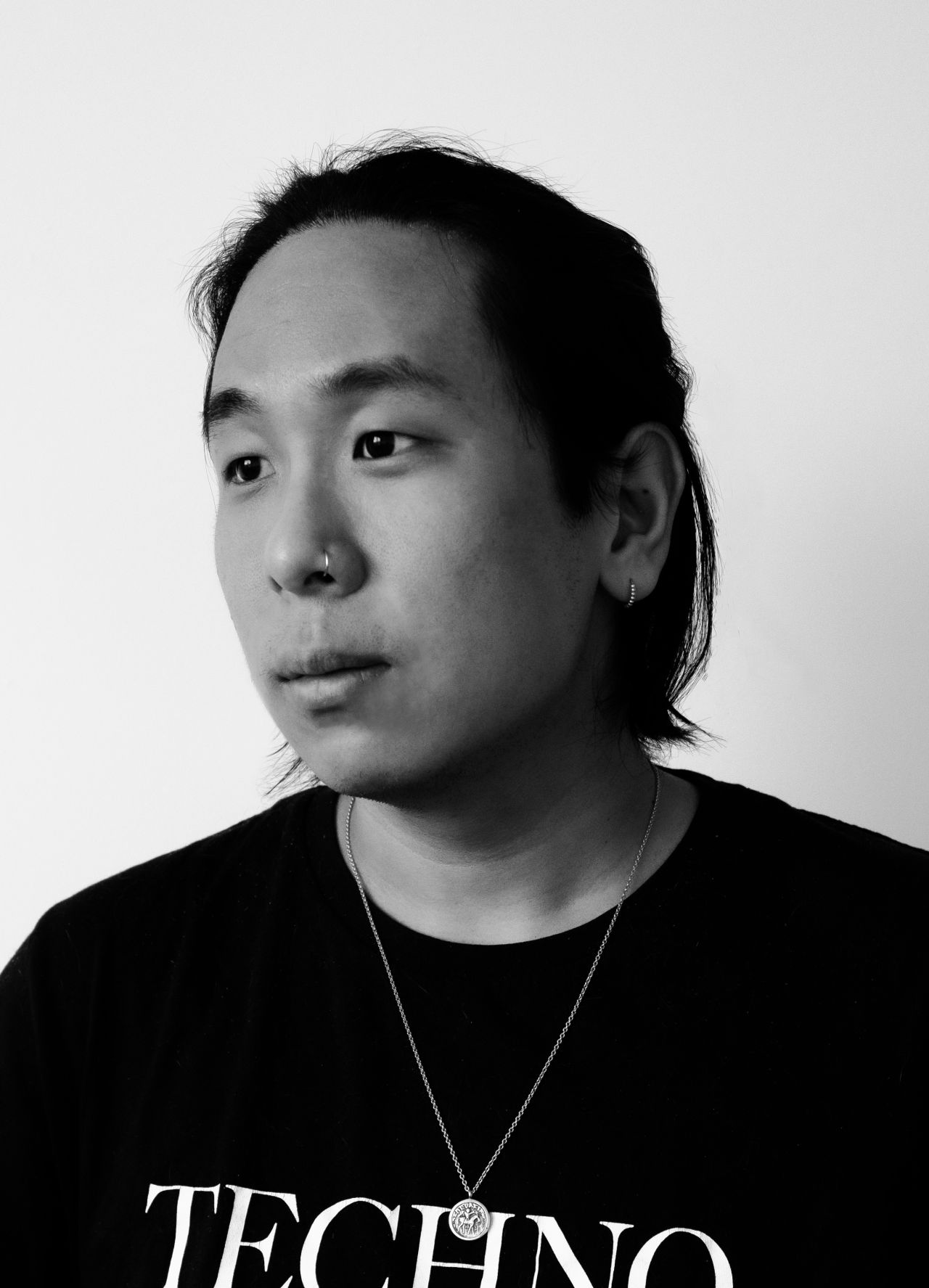
Speaking to Eric from his home in New York, we discuss the challenges and rewards within the creative industry, what it feels like to set the standard, and the clarity behind his visual, conceptual and undeniably striking practice.
Eric! Hello, lovely to talk to you! How is everything going?
I'm doing as good as any can be at this moment! Feeling pretty grateful that to my knowledge, I'm of sound mind and body, blessed with a supportive partner, commissioned with projects both personal and professional and preoccupied currently with a state of curiosity and optimism – a state in which I don't always find myself.
The miserable moments tend to come when I lose sight of these things, and when I'm reminded of them again, there's not much more I could ask for. Grateful is the word.
How have you adjusted over the past year?
Things were scary in New York City for a while. At first, it put many things in perspective and made me realise what my priorities were. When the client money came to a pause, and the economy appeared to be in free fall, I was scared... I had just quit a full-time job and moved back to the East Coast to give freelancing another go. Plans changed. The first few weeks of March, I would spend the entire daytime in bed, paralysed, unable to move.
It took a few weeks of getting over some very existential fears and uncertainties. Still, afterwards, I realised a few things about what I really wanted out of this stage in my career – that I valued working less than earning more, that I valued time carved out for my personal projects. Being forced to work less and work on personal projects when the commercial work was put on pause made me appreciate it more. I was fortunate to have saved up a bit of money, so perhaps my outlook would have been different had I not done so, but I'm glad I came to such a realisation of where my priorities were.
Now, the tone and atmosphere have definitely changed. Many of my friends and I are among other lucky individuals to be fully vaccinated. For the last few weeks, life before the pandemic is starting to bubble up. That being said, there are a few things that I've grown to love over the years that I know will be difficult to surrender: I love working from home more than ever now. Having an office in Manhattan was something I coveted for so long, and it seems so silly in hindsight.
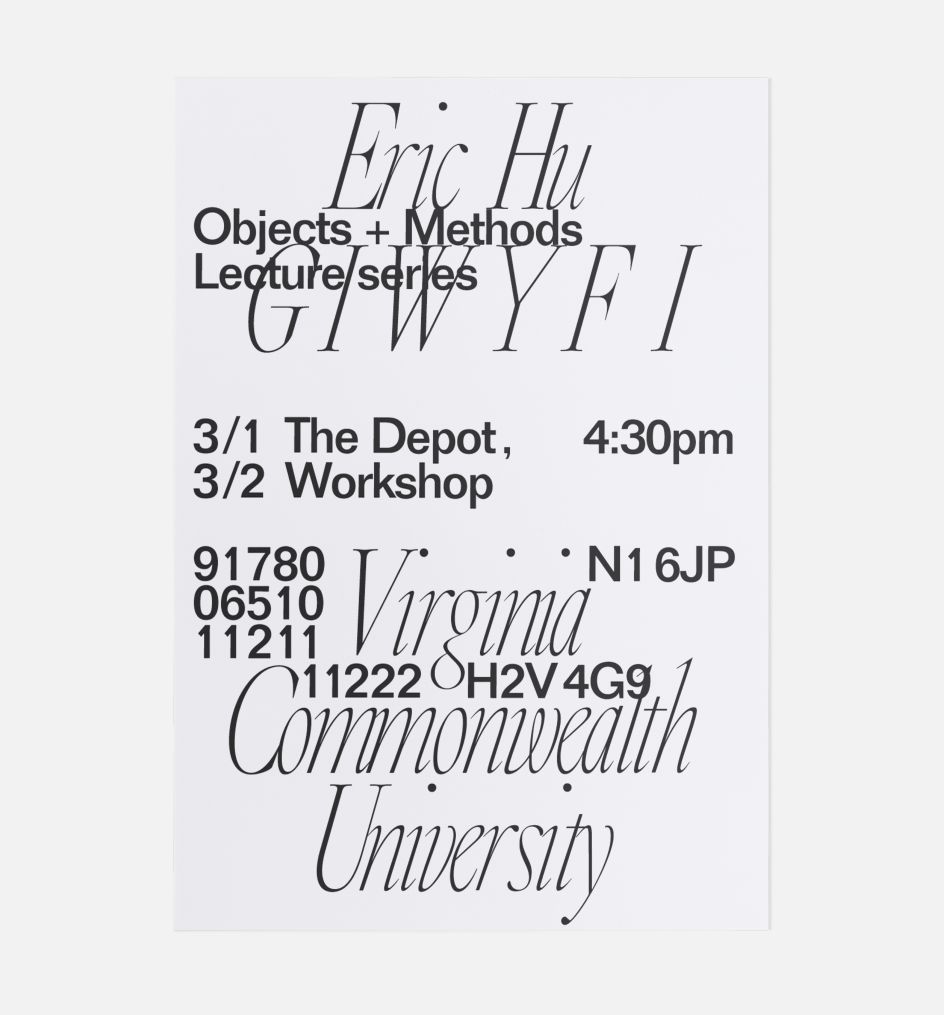
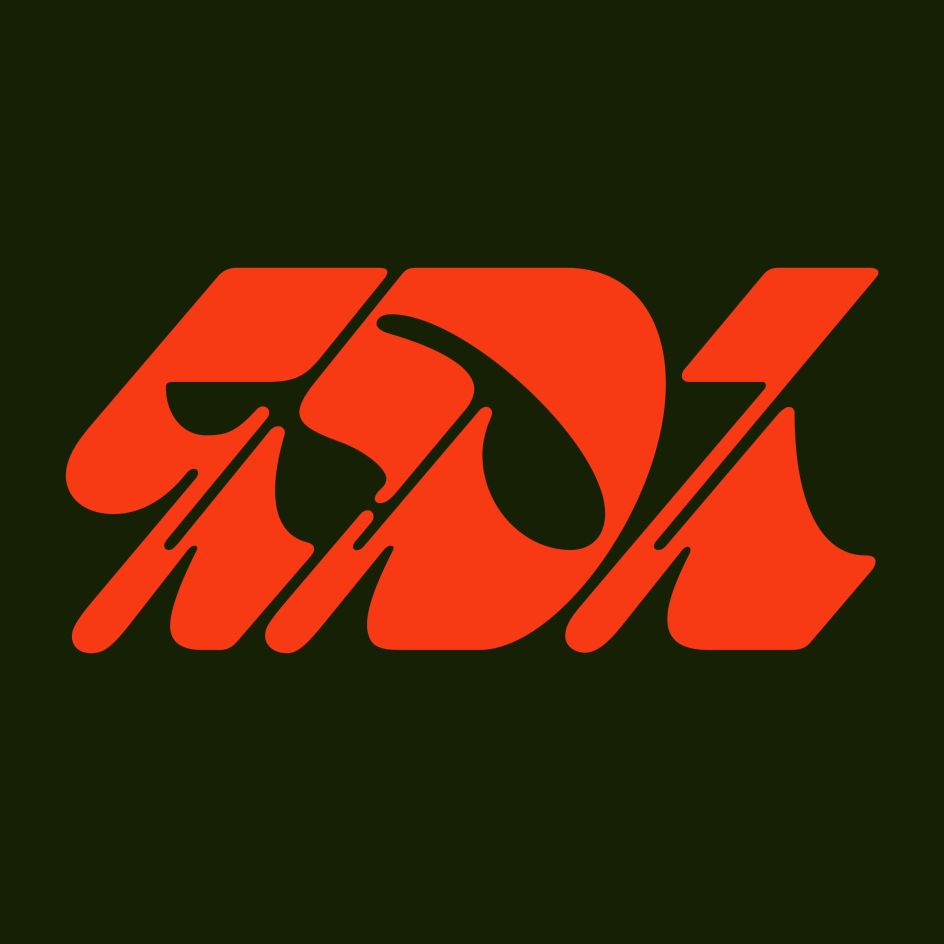
You're a creative tour-de-force; from editorial and type design to illustration and web design – what relationship does each discipline have with one another, and what leads your creative practice?
They all come down to the same thing: composition. What I mean by that is that all of those just seem to be dealing with the arrangement of objects in a certain formation and size when I abstract them down to their purest activities. Robofont, Figma, InDesign… I'm just drawing boxes, plotting points, and moving boxes 80% of the time. My sense of composition is what I like most about myself, and what I feel is something that is solely mine.
I've had lifelong trouble asking for help for both personal and cultural reasons, and I'm often too shy to reach out to people to collaborate. What usually ends up happening is I try to do everything myself.
That played out a lot when I started making websites as a teenager in the early 2000s. Due to the nascency of the field – one was often forced to figure it out on their own. I had to learn to design a website, code it myself, and take the entire product from start to finish. This was before the time of best UX practices, and expression on the web was more free and experimental. Websites like k10k and 2advanced back in the day were technical achievements in typography, editorial design, illustration and code. They were the blueprint for me in many ways. It just felt like a requirement to be good at all of those separate things. It's what's always felt familiar, and it never felt right to just pick a lane and stick to it for that reason.
I'll be honest; sometimes it doesn't feel as if there is a relationship besides my personal taste in those activities – there are periods where I have no problem articulating how these seemingly disparate activities merge into a singular body of work. Then there are times where it just feels like four separate jobs that I have. I do wonder if I would have fared better off specialising in one thing by now – there are times where I'm filled with self-doubt and wonder if I'm a generalist, but a master of nothing in particular, but I try not to think too much about it.
I had the privilege of meeting Milton Glaser a decade ago as a student. At the time, I was being forced by both my school, my instructors, and myself to pick a lane and stick to it. I felt like I wanted to do everything. It felt dreadful and an odd way to categorise all different facets of graphic design. I shared this pressure I was feeling with him, and he looked me in the eye and told me that whatever I do – to not specialise if I don't want to. Glaser himself was one of the best generalists of his time, so that was important to hear.
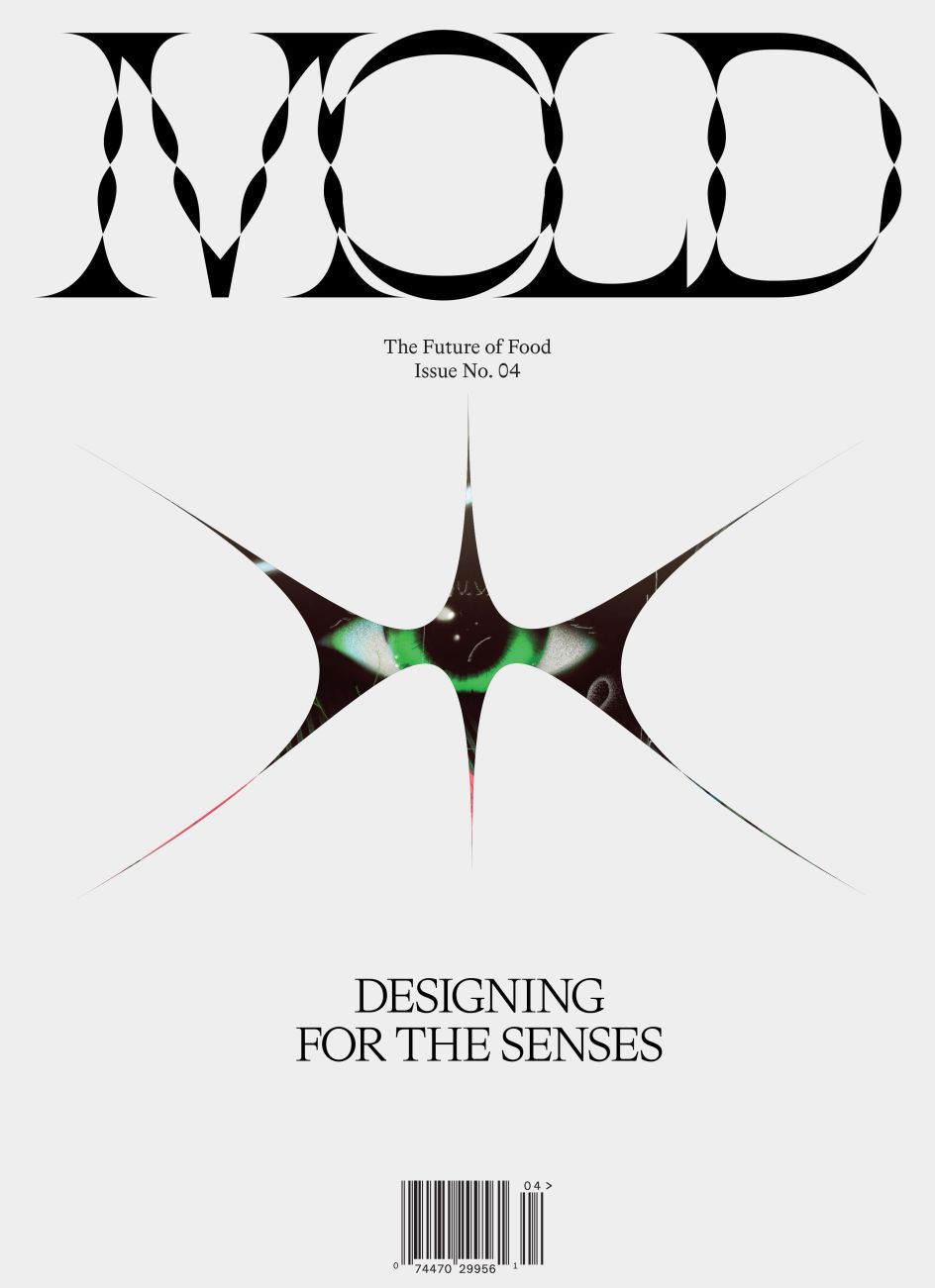
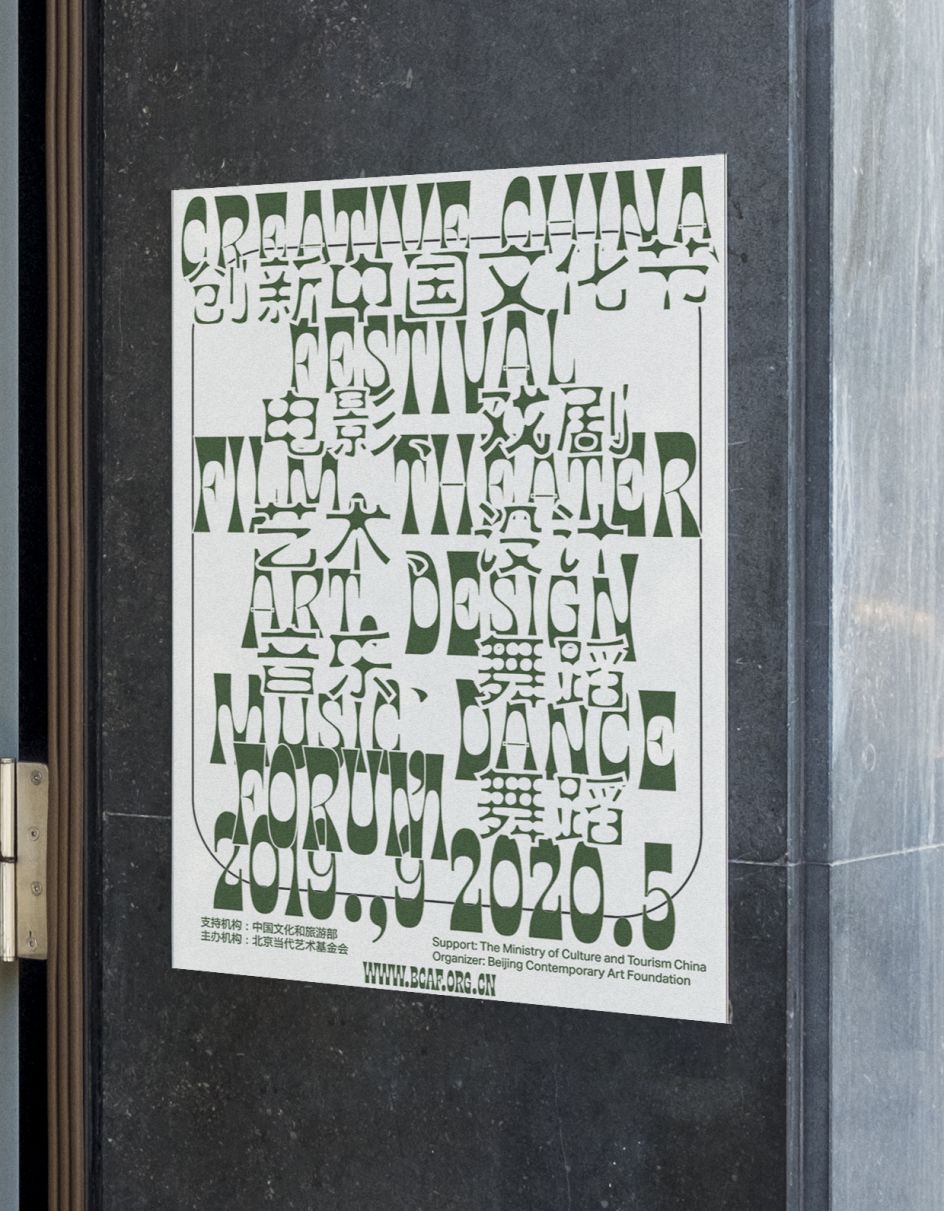
What do you find most rewarding and most challenging about the work you do, as well as the industry as a whole?
When I work with people I like, I care a lot less about the end product. It's nice to feel that the most challenging part of my day to day is being precious with the time where I'm actually in front of a computer designing something. With all the meetings, emails, billings, invoicing, there's actually very little time left where I can actually sit in front of a computer to design something. It's forced me to be fast and nimble, and precise with what little time I have in front of a blank canvas.
My favourite moment is just being in Robofont moving bezier points. All the client/office politics go away. I stop thinking about the PDF presentation I inevitably have to put together to sell this thing – all of the extraneous stuff goes away, and it's just me and form. It honestly feels like nothing else matters when I'm in that headspace, and if I'm lucky, that will happen around two-three hours a week. It's madness, the things I have to do to savour those few hours.
As for the industry as a whole, that feels like an entirely separate conversation on its own, but for starters: it's an industry that is deeply insecure about its place and value in the world. It's an industry that doesn't believe there's much value in simply making things beautiful and having those beautiful things make sense, so it's added several layers of abstractions. Design Thinking, post-it notes on a wall, business jargon, outdated psychology, pseudoscience – and for what? All the extra meetings, the extra presentations, the project management techniques... so the boring folks in suits will find us less weird? It's an industry so insecure we think the only way people will pay us is if we agree to lower our prices, accepting to pitch work for free and organising conferences where we debate our usefulness to the world. Does a painting ever ask if it's useful? Does a sculpture ever ponder its place in our world? What evidence do we have that the Romans ever existed if it weren't for the architectural ruins, their ageing sculptures, the sun-dried mosaics, their alphabet, and their philosophy? And we have the nerve to act as if the lasting impacts of our work are found in a 40-minute client discovery session?
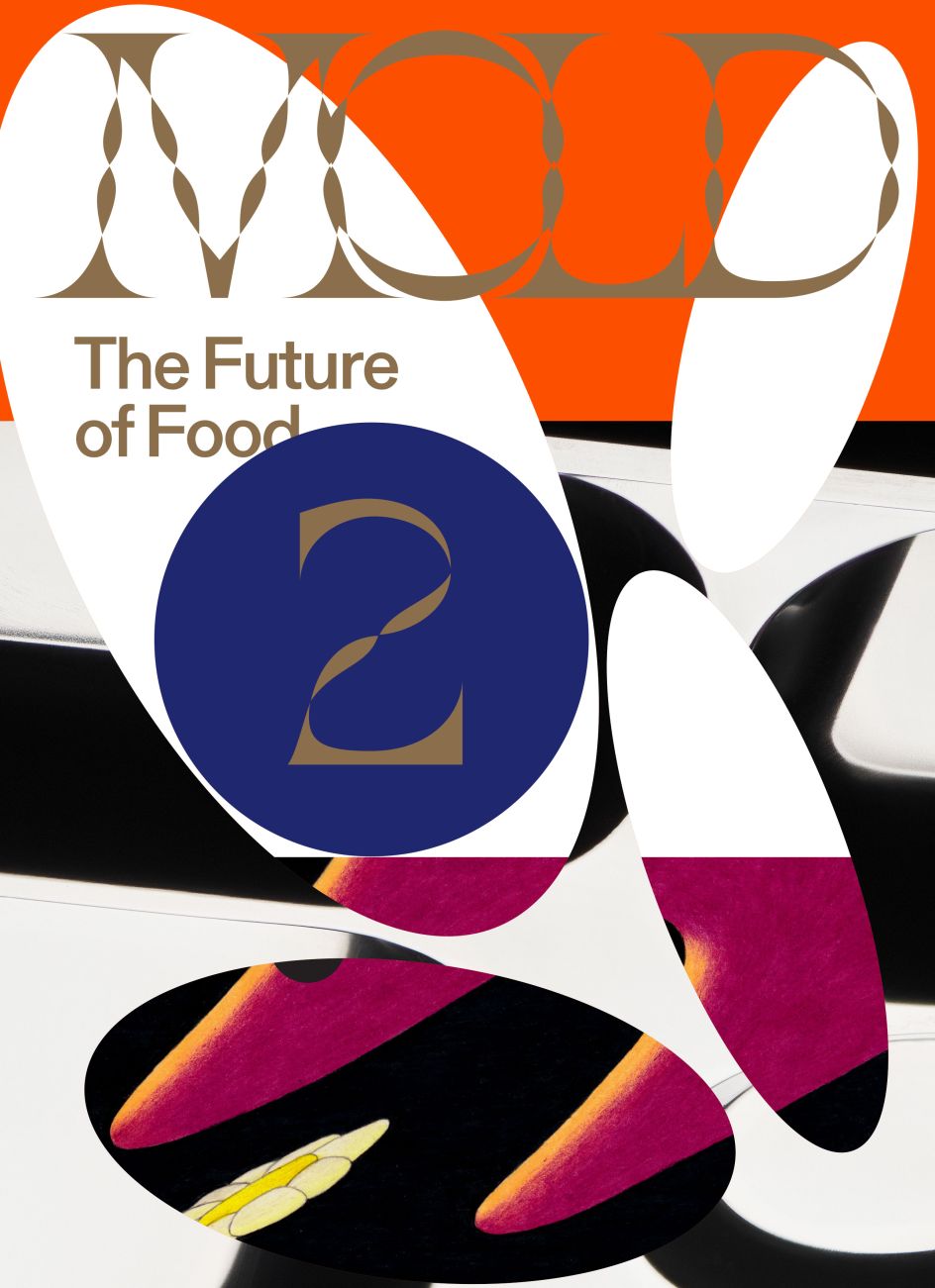
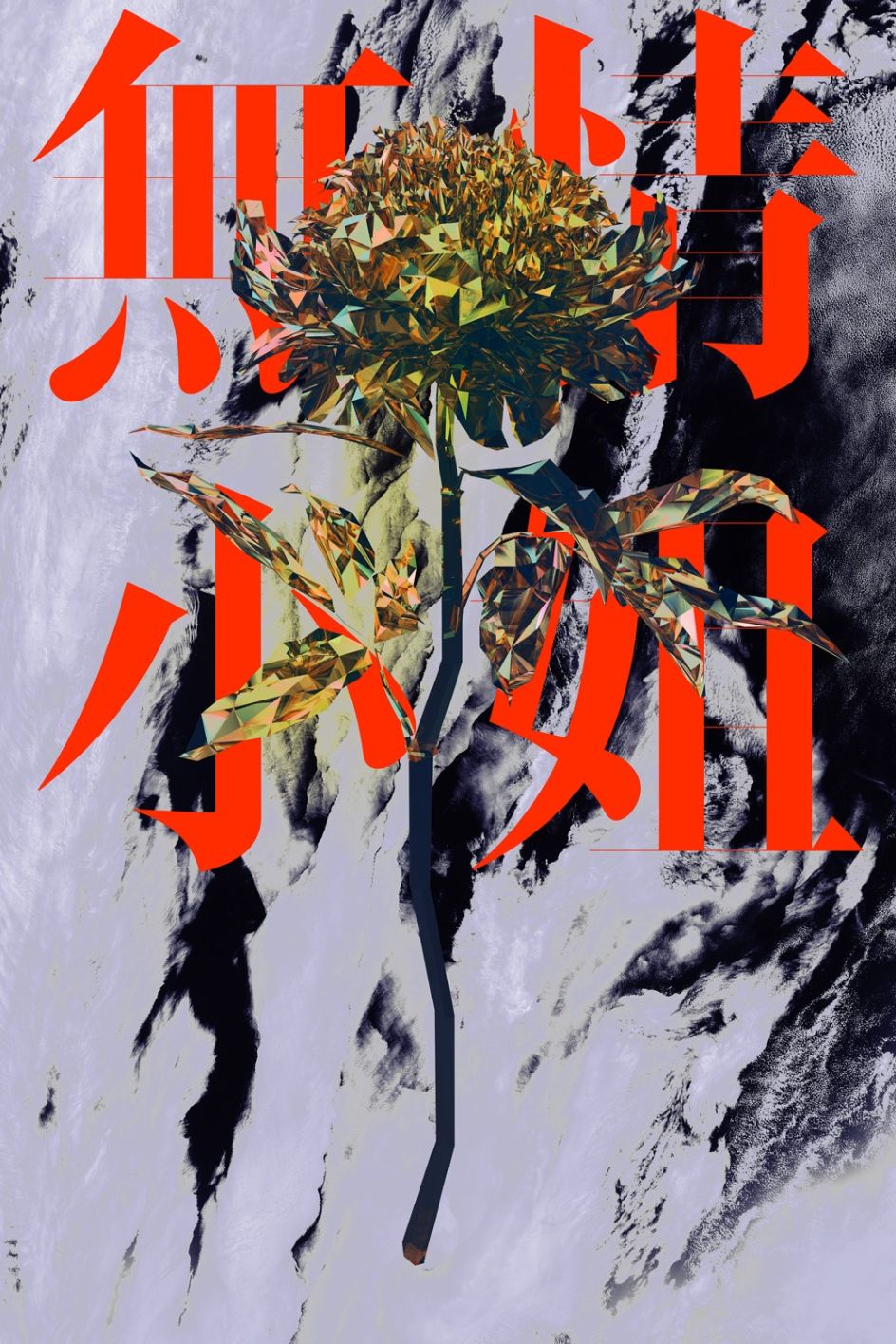
So much of the work you do sets a standard for contemporary design, such as your identity and website for SSENSE, with so many people turning to it as a benchmark to meet. With this in mind, do you ever second-guess the work you've done?
I second-guess everything even if I don't outwardly show it, and I constantly run drafts and ideas with peers I trust. I feel as if my friends are fed up with me at this point, given how many times I've neurotically walked them through my thought process on something and wondering aloud if I am "messing everything up". If I know you and ask you for feedback in my work, it means I respect you and cherish you – that I am sure of.
I feel like uncertainty about my work often motivates me to work harder and take in as many different perspectives as I can. Making and editing are separate processes. I tend to make first and then have decision paralysis later.
There were some periods in my 20s feeling as if I knew what my work was about, where I did feel confident and assured of my abilities, but those were the years I grew the least. The more confident I became of myself, the less I cared for experiences and perspectives that challenged me. Anxiety and insecurities are something that's simply a part of me, and the most valuable thing I've learned is to not try to eliminate them but to be a connoisseur of them. I've learned to be a connoisseur of my uncertainties – to not get drunk off of them but to indulge them in small amounts, savour the subtlety and notes they give off, for I know now that often those are the uncomfortable moments where I'm growing.


Who or what or where do you turn to for inspiration? Do you have any particular 'design heroes'?
This question gives me a lot of anxiety because the most sincere answers tend to be the corniest. But honestly, my close friends and a used book store is what sustains me most of the time. I wish this question wasn't asked so much. It's a question that's been weaponised by the industry.
A few years back, I was at this party, and someone I didn't know introduced himself and complimented my work. A few minutes into the conversation, I was asked point-blank who was my design hero. I said the first name that came to mind – Saul Bass because I had just been thinking about him. The dude seemed genuinely disappointed. There was a pause. Really? Yeah, really. He didn't believe me. He lightly suggested that I was "holding back" from him because it seemed too obvious of a pick. He assumed that someone like me would have some more obscure names to throw around.
That particular exchange, and many others like it, didn't feel like it comes from a sincere place of wanting to know who I am. It felt like they were hoping for someone they didn't know. They were hoping to extract something from me. They think I'm joking with them because surely it feels like I'm being tested on how obscure my list is – is there some Polish poster artist nobody has heard of in the mix? Is it inclusive or diverse enough – are there too many Polish men on this list? Is it only just a bunch of graphic designers – "how come it's just poster designers?"
The people whose work and life I feel deeply resonant with, I feel I do them a disservice when I just start listing them together. Barbara Worjisch, Eiko Ishioma, WA Dwiggins, Gunter Rambow…it feels like a listicle. Who is this for?
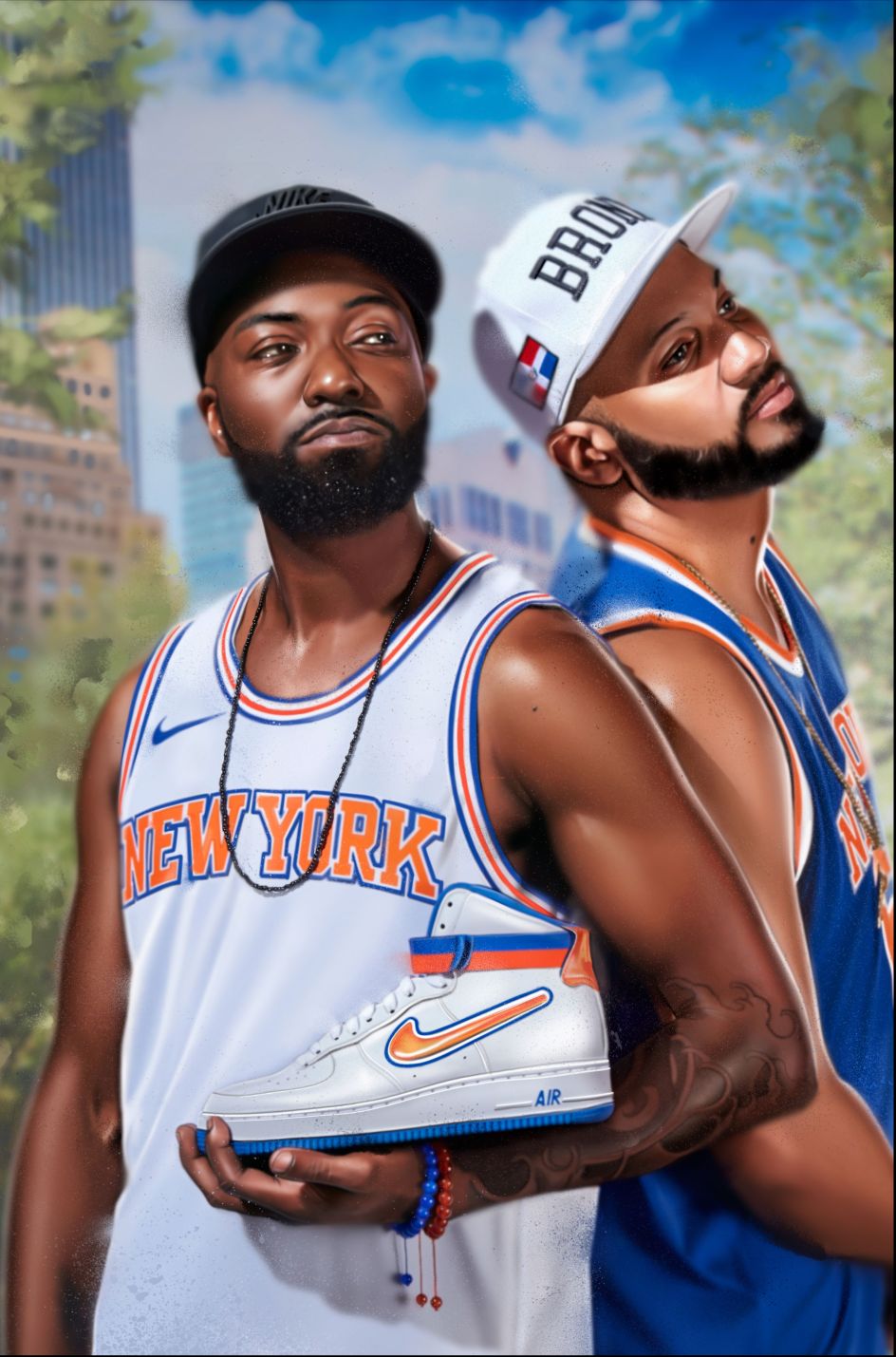

Your work has a remarkable succinctness and clarity to it; what would you say are any defining features of your work?
Legibility in both the visual and conceptual are one of the most important things to me. I never want to exclude through my language or presentation, and I don't want to dumb anything down at the same time. I start messy and expressive, and I edit down until I feel like I can't take anything else away without changing the meaning.
I also got my undergraduate degree in an advertising school. I'm also a teacher's pet. I think a defining feature of my work is that I'm more deferential to classical rules of design than it might appear. I think in contrast: if I have something big, I should put it next to something small. I never, ever, right-align text. My typeface choices are rather boring: an old serif or a quotidian sans like Univers or Helvetica. All the rules that many students these days would roll their eyes at. There are fundamentals that I stick to that make me feel like I have permission to fuck up everything else.
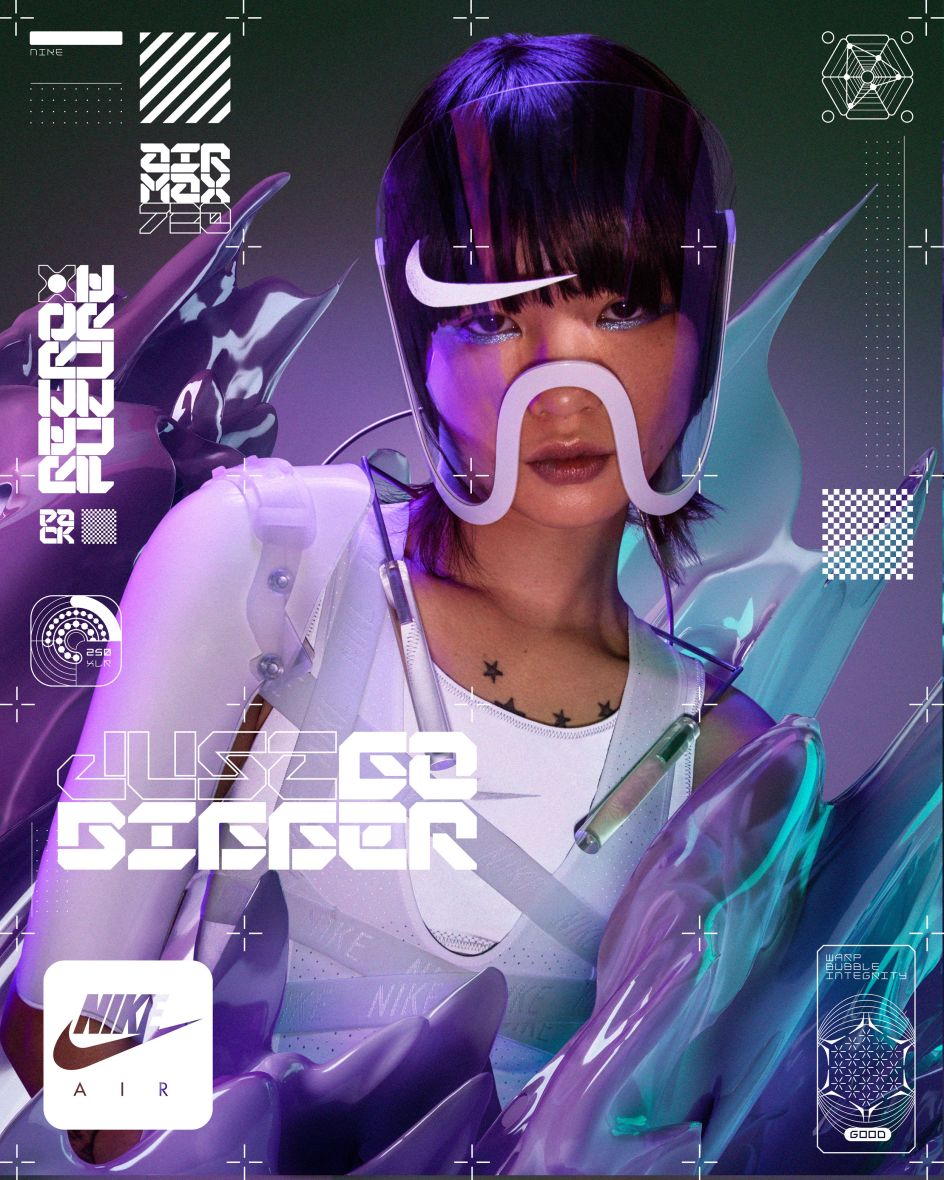
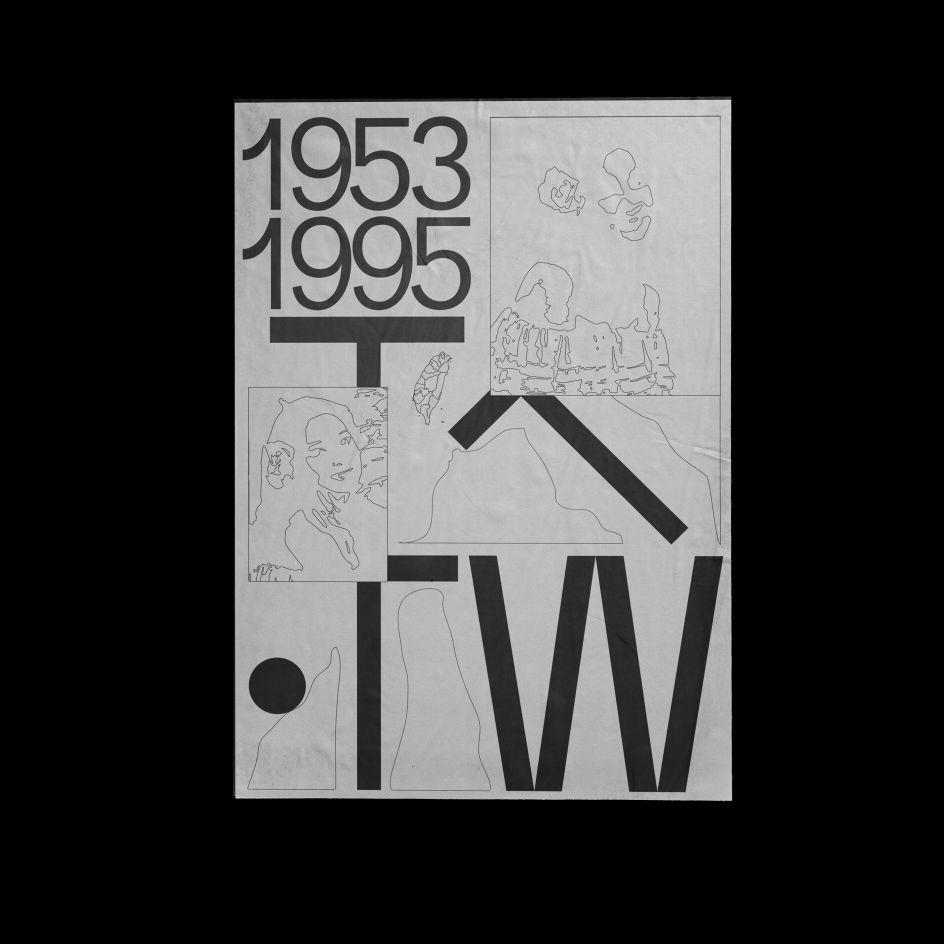
Can you tell us of any work you've been up to recently?
No, unfortunately. I'm superstitious. I don't want to jinx it.
What do you want to see more or less of in the creative industry?
Less hero worship.
What questions do you wish people asked you?
I'm not even sure what questions I wished I asked myself more, and I feel as if I need to figure that one out first.




 by Tüpokompanii](https://www.creativeboom.com/upload/articles/58/58684538770fb5b428dc1882f7a732f153500153_732.jpg)


 using <a href="https://www.ohnotype.co/fonts/obviously" target="_blank">Obviously</a> by Oh No Type Co., Art Director, Brand & Creative—Spotify](https://www.creativeboom.com/upload/articles/6e/6ed31eddc26fa563f213fc76d6993dab9231ffe4_732.jpg)








